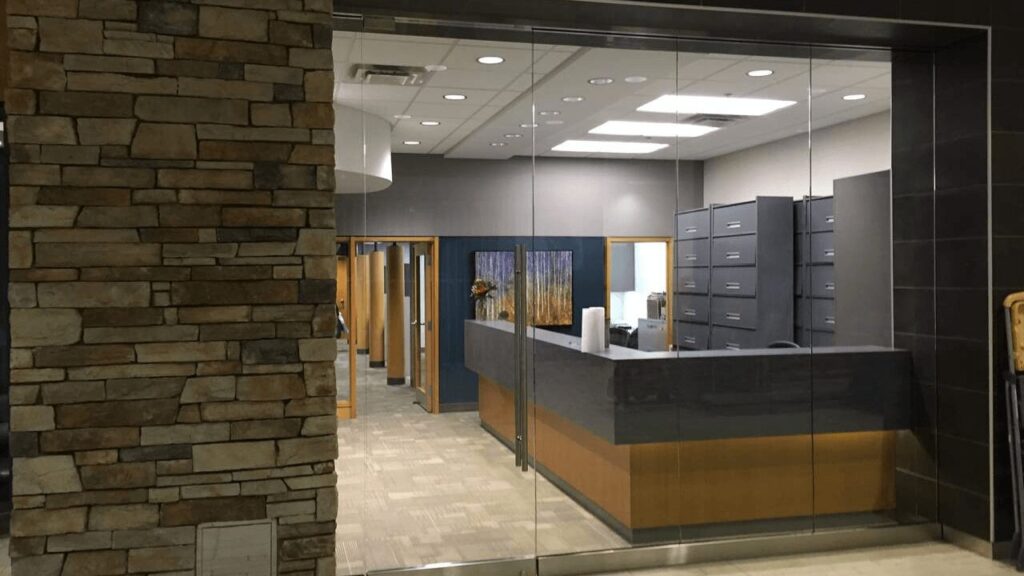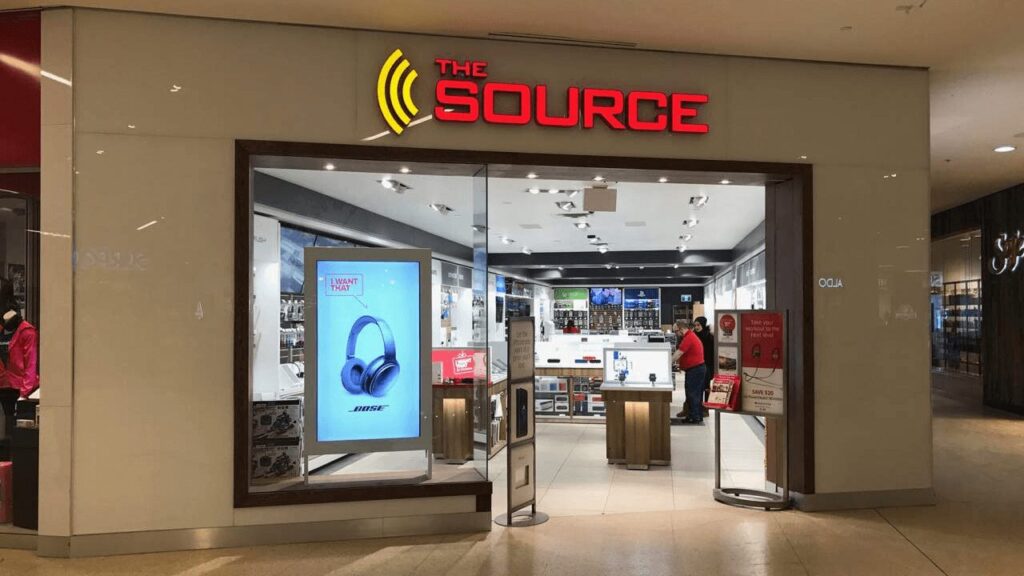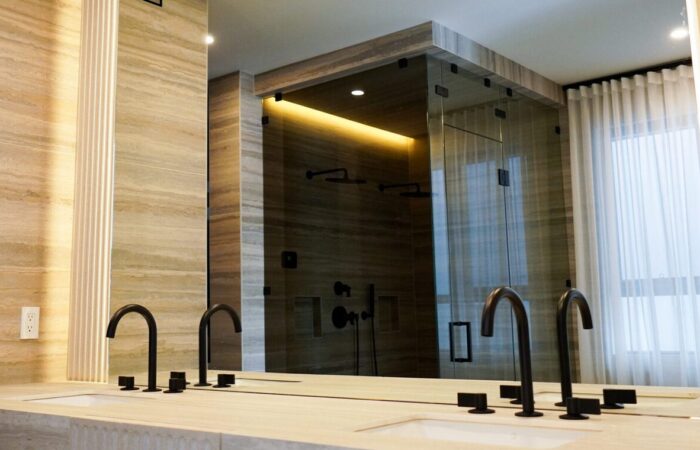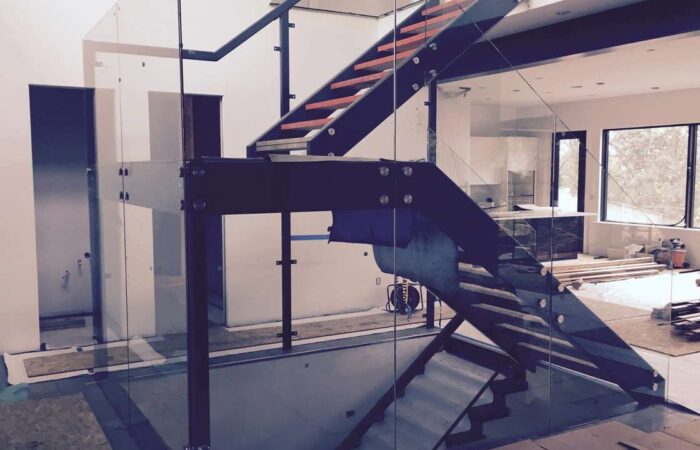
A retail storefront is more than just an entrance; it’s the face of your business and the first impression customers have before stepping inside. For many retailers, choosing the right type of storefront is a crucial decision that impacts aesthetics, functionality, and overall customer experience. Glass storefronts, in particular, have become an increasingly popular choice among modern businesses, thanks to their sleek design, ability to showcase merchandise, and potential to attract foot traffic.
This guide will provide an in-depth look at everything business owners need to know about glass storefront installation. From understanding the benefits of commercial glass storefronts to exploring custom options and key considerations for installation, you’ll be equipped with the knowledge to make the best choice for your business.
Why Glass Storefronts Are Popular Among Retailers
Glass storefronts have become a go-to choice for retailers, and it’s easy to see why. They offer a combination of style, functionality, and practicality that aligns perfectly with the needs of modern businesses. Here’s a closer look at why these sleek storefronts are so popular:
- Modern, Sleek Appearance: Glass storefronts exude a contemporary look that instantly enhances the overall aesthetic of a business. They give retailers an edge by aligning with a polished, professional brand image that appeals to today’s customers.
- Creates a Welcoming First Impression: A glass façade invites customers in by creating a bright, open, and friendly atmosphere. It signals professionalism and shows that the business values transparency, both literally and figuratively.
- Boosts Product Visibility: With clear glass panes, products on display can catch the attention of passersby, even from a distance. This enhanced visibility not only showcases merchandise but also encourages curiosity and increases foot traffic.
- Encourages Natural Light: Glass storefronts flood the interior with natural light, creating a more inviting ambiance for customers while reducing the need for artificial lighting. This can even save on energy costs in the long run.
- Increases Foot Traffic: When people can see inside a store—a bustling atmosphere, neatly displayed products, or enticing promotions—they’re more likely to walk in. A glass storefront acts as a powerful, non-verbal invitation to explore what’s inside.
Benefits of Installing a Glass Storefront
A glass storefront isn’t just a design element—it’s a powerful tool for enhancing your business. Beyond its sleek, modern appearance, a glass storefront offers practical advantages that can elevate both the functionality and image of your space. Whether you’re looking to boost sales, improve energy efficiency, or strengthen your brand, here’s why investing in a glass storefront is a smart choice:
Visual Merchandising & Display Advantages
- Glass storefronts allow you to showcase your products and promotions day and night. Seasonal items, sales, and new arrivals can be displayed prominently, attracting attention even after business hours.
- Increased visibility encourages window-shopping, which can naturally lead to higher foot traffic and more in-store purchases.
Natural Light & Energy Efficiency
- Glass storefronts flood your interior with natural light, making your space feel brighter, more inviting, and more spacious. This not only creates a welcoming atmosphere but also reduces your reliance on artificial lighting, cutting down energy costs.
- By utilizing advanced glass types such as Low-E or insulated glass, you can achieve better temperature regulation, keeping your space cooler in the summer and warmer in the winter without excessive energy use.
Security Without Sacrificing Visibility
- Modern glass storefronts are designed with security in mind. Options like tempered or laminated glass provide added strength and durability, making them resistant to breakage.
- For added protection, you can integrate features like security films, which prevent shattering, or sensor-based alarms to ensure your storefront is secure while maintaining a clear, open view.
Brand Image and Aesthetics
- A glass storefront offers a clean, stylish, and contemporary look that’s perfect for creating a strong first impression. It’s highly versatile and can be customized to reflect your brand identity.
- Add a personal touch with features like etched logos, vinyl graphics, or tinted glass for privacy and sophistication. A well-designed storefront can communicate professionalism and innovation at a glance.
Glass Options for Storefronts

Choosing the right type of glass for your storefront is a critical decision that impacts not only the safety and functionality of your business but also its appearance and energy efficiency. Whether you’re aiming for durability, aesthetics, or improved environmental performance, there are several glass options to consider, each offering unique benefits. Here’s a breakdown of the most popular choices for storefronts:
Tempered Glass
Tempered glass is designed to be shatter-resistant, making it one of the safest options for busy, high-traffic areas. In the rare case that it breaks, it crumbles into small, blunt pieces instead of sharp shards, reducing the risk of injury. This makes it ideal for storefronts where safety is a top priority, especially in areas prone to accidental impacts.
Laminated Glass
Laminated glass is an excellent choice for added security and sound control. Created by sandwiching a layer of plastic between two layers of glass, it remains intact even when shattered, deterring break-ins and reducing noise from busy streets. It’s a popular option for businesses located in urban environments or areas requiring extra protection.
Insulated Glass Units (IGUs)
For businesses in colder climates, such as Canada, insulated glass units (IGUs) are invaluable. These units consist of two or more glass panes separated by a layer of gas that acts as insulation. IGUs improve thermal performance, helping to maintain consistent indoor temperatures and reducing energy costs. They are a smart choice for businesses looking to enhance energy efficiency and create a more comfortable environment for customers.
Frosted, Tinted, and Decorative Glass
For businesses that prioritize privacy or want to incorporate custom branding, frosted, tinted, and decorative glass options offer both functionality and style. Frosted glass adds privacy while still allowing natural light to pass through, tinted glass reduces glare and heat buildup, and decorative glass can be customized with logos, patterns, or designs to reflect your brand’s identity.
The Glass Storefront Installation Process: What to Expect
Installing a glass storefront is an important step for any business looking to make a strong first impression. A sleek, modern storefront not only enhances the aesthetics of your space but also invites customers in and showcases your offerings. To help you understand what’s involved, here’s a detailed breakdown of the process and what to expect at each stage.
Initial Consultation and Site Assessment
The process begins with a thorough consultation to understand your needs and assess the space. Professionals will measure the area, evaluate the structural requirements, and ensure the project complies with local building codes. This step is crucial to identify potential challenges early on and set the foundation for a smooth installation.
Design & Material Selection
Once the site is assessed, it’s time to choose a design that aligns with your brand identity and business goals. You’ll select the type of glass—clear, frosted, tinted, or tempered—and decide on the framing system, such as durable aluminum frames or a frameless, seamless look. This stage ensures your storefront combines functionality, durability, and style.
Permits and Regulations
Before installation can begin, securing the necessary permits is essential. This includes complying with safety standards and signage regulations specific to your retail space. Working with experienced professionals ensures these requirements are handled efficiently and accurately.
Installation Timeline
The actual installation process is carefully planned to minimize disruption to your business operations. This involves removing the existing façade, preparing the space, and installing the new glass storefront. Typical timelines depend on the scale of the project, but experienced installers aim to keep the process as quick and seamless as possible.
Common Challenges and How to Address Them
When designing or maintaining spaces, several challenges can arise, particularly when balancing functionality, comfort, and aesthetics. Here are some common issues and practical ways to address them:
- Managing Condensation and Heat Loss in Colder Climates: In regions with colder weather, condensation and heat loss can significantly impact energy efficiency and comfort. To tackle this, consider upgrading to double or triple-glazed windows, using insulation materials, and employing dehumidifiers to reduce moisture buildup. Proper ventilation is also essential to maintain airflow and prevent damp conditions.
- Dealing with High-Traffic Durability: Spaces that experience frequent use, such as entryways or commercial areas, need materials that can withstand wear and tear. Opt for durable flooring like stone, tile, or treated wood, and choose furniture and fixtures designed for high-traffic environments. Regular maintenance and the use of protective finishes can extend the lifespan of these elements.
- Balancing Maximum Visibility with Privacy and Security: Achieving the right balance between visibility and privacy can be tricky, especially in homes or offices with large windows or open layouts. Use solutions like frosted glass, blinds, or curtains. For security, consider installing window locks, reinforced glass, or security film to protect against potential intrusions without compromising on natural light.
Maintenance Tips for Glass Storefronts
Proper maintenance of your glass storefront is essential to keep it looking pristine and functioning effectively. A well-maintained storefront not only enhances your business’s curb appeal but also ensures durability and safety over time. Here are some essential tips to help you care for your glass storefront:
- Routine Cleaning: Regularly clean your glass to keep it free from dirt, smudges, and streaks. Use a non-abrasive glass cleaner and a microfiber cloth to avoid scratches. Steer clear of harsh chemicals or rough materials that could damage the surface.
- Periodic Inspections: Check your storefront periodically for any signs of wear and tear. Inspect the seals and frames to ensure they’re secure and intact, as damaged seals can lead to leaks or drafts. Also, examine the hardware, such as hinges and locking mechanisms, to ensure everything is functioning properly.
- Repair vs. Replacement: Know when it’s time to repair minor issues versus replace entire glass panels. Small cracks or chips can often be repaired if caught early, but larger damage or structural issues may require a full replacement to maintain safety and aesthetics.
Cost Considerations and ROI
When investing in a project, understanding the costs and potential return on investment (ROI) is crucial. Several factors can influence the overall cost, including the size of the installation, the type of glass used, framing materials, and the complexity of the design. Larger or more intricate designs will naturally require a higher budget.
However, it’s important to consider the long-term benefits. High-quality materials and energy-efficient designs can lead to significant savings over time by reducing energy consumption and lighting costs. For businesses, these installations can also attract more customer traffic and enhance the perceived value of your brand, creating a stronger connection with your audience and driving sales growth.
Choosing the Right Commercial Glass Partner
Selecting the right commercial glass partner is a crucial step in ensuring the success of your project. The right partner will not only provide high-quality materials but also ensure safe and efficient installation, tailored to your business needs. Here are some key factors to consider when making your choice:
- Experience with Retail Storefronts: Look for a company with proven expertise in designing, manufacturing, and installing glass solutions for retail spaces. An experienced partner will understand the unique challenges of storefront aesthetics, durability, and functionality.
- Safety Certifications: Ensure the company adheres to industry safety standards and holds appropriate certifications. Safety is non-negotiable when it comes to commercial glass installations, particularly in high-traffic areas.
Conclusion
Investing in a high-quality glass storefront is more than just a design choice—it’s a strategic decision that can significantly impact your business. Throughout this guide, we’ve explored the key benefits, including enhanced curb appeal, improved natural lighting, increased visibility for your products, and creating a welcoming environment for customers. These advantages not only elevate the overall shopping experience but also help to establish a strong, memorable brand presence.
However, it’s important to also consider factors like durability, maintenance, and initial costs when selecting the right glass storefront for your needs. A well-chosen storefront balances aesthetics with functionality, ensuring it stands the test of time while meeting your business goals.
Ultimately, investing in a quality glass storefront is a smart long-term decision for retailers. It offers a powerful combination of style, practicality, and customer-focused design, making it a valuable asset to help grow your business and attract more customers..
Ready to upgrade your storefront? Contact Red Seal Glass to discuss custom commercial glass solutions that elevate your retail space while ensuring safety, durability, and visual impact.

